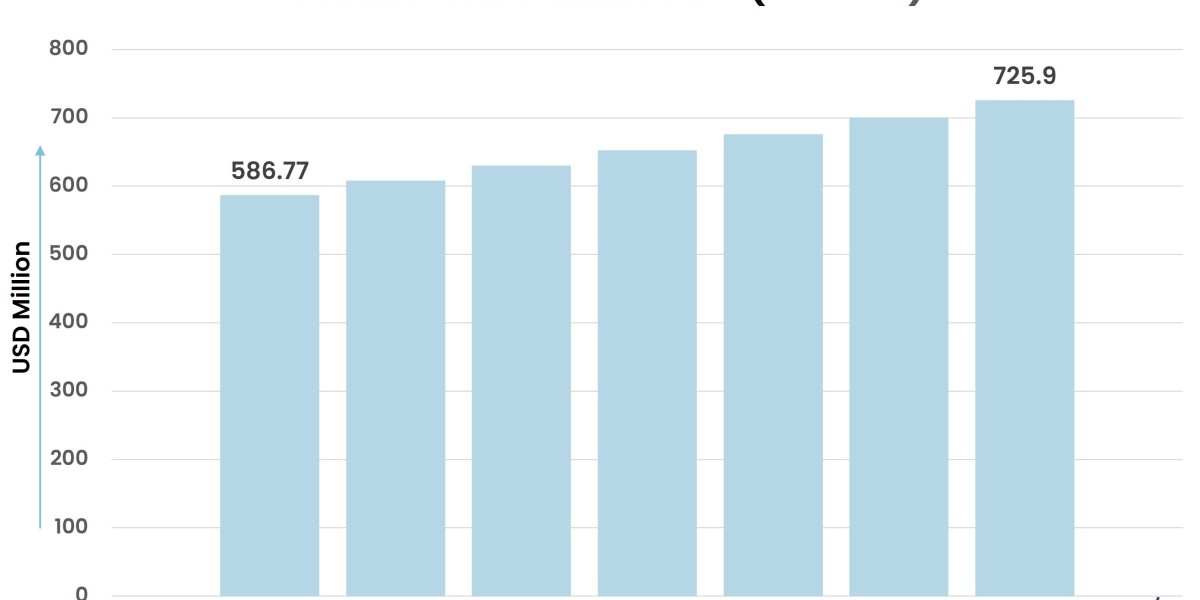According to Stratview Research, the cellular glass market was estimated at USD 586.77 million in 2022 and is likely to grow at a CAGR of 3.61% during 2023-2028 to reach USD 725.9 million in 2028.
In the ever-evolving landscape of construction materials, cellular glass has emerged as a rising star, offering a unique combination of thermal insulation, durability, and sustainability. As the demand for energy-efficient building solutions grows, the cellular glass market is experiencing significant traction, driven by evolving trends and insights. In this article, we explore the burgeoning market of cellular glass, uncovering key trends and insights that are shaping its rise to prominence.
Understanding Cellular Glass:
Cellular glass, also known as foam glass, is a lightweight, rigid insulation material composed of finely ground glass combined with foaming agents. Through a specialized manufacturing process, the glass mixture is heated to high temperatures, causing it to expand and form a closed-cell structure. This cellular structure gives cellular glass its exceptional thermal insulation properties, making it highly effective at reducing heat transfer and energy loss.
Trends Driving the Market:
Energy Efficiency Regulations: Increasingly stringent energy efficiency regulations are driving the adoption of cellular glass in building construction. Builders and developers are seeking insulation materials that meet or exceed energy codes and standards, leading to a growing demand for high-performance solutions like cellular glass.
Sustainability Initiatives: The focus on sustainability and environmental responsibility is another key trend shaping the cellular glass market. Cellular glass is made from recycled glass and is fully recyclable at the end of its life cycle, making it a sustainable choice for green building projects and initiatives.
Rising Demand for High-Performance Insulation: As awareness of the importance of energy efficiency continues to grow, there is a rising demand for high-performance insulation materials that offer superior thermal resistance and durability. Cellular glass's excellent thermal performance, fire resistance, and moisture resistance make it an attractive choice for a wide range of applications.
Expansion into New Applications: The versatility of cellular glass extends beyond traditional building insulation. It is increasingly being used in industrial applications such as cryogenic storage, chemical processing, and transportation infrastructure. As industries seek insulation solutions that can withstand harsh environments and temperature extremes, cellular glass is gaining traction in new markets.
Insights into the Market:
Market Growth: The cellular glass market is experiencing steady growth, driven by the increasing demand for energy-efficient and sustainable building materials. According to market research reports, the global cellular glass market is projected to continue growing at a significant rate in the coming years.
Product Innovation: Manufacturers are investing in research and development to innovate new cellular glass products with enhanced performance characteristics. This includes advancements in manufacturing processes, formulations, and product designs to meet the evolving needs of customers and markets.
Regional Market Dynamics: The adoption of cellular glass varies by region, influenced by factors such as climate, building codes, and market preferences. While some regions have embraced cellular glass as a mainstream insulation material, others are still in the early stages of adoption but show promising growth potential.
Competitive Landscape: The cellular glass market is characterized by the presence of several key players, ranging from large multinational corporations to smaller regional manufacturers. Competition in the market is driven by factors such as product quality, pricing, distribution networks, and customer service.
Future Outlook:
Looking ahead, the future of the cellular glass market appears bright, with continued growth expected as demand for energy-efficient and sustainable building solutions continues to rise. Technological advancements, regulatory support, and increasing awareness of the benefits of cellular glass are expected to further drive market expansion in the coming years.
In conclusion, the rise of cellular glass marks a significant shift in the construction materials landscape, driven by trends towards energy efficiency, sustainability, and high-performance insulation. As the market continues to evolve, cellular glass is poised to play a key role in shaping the buildings and infrastructure of the future, offering a versatile and sustainable solution for insulation needs.








